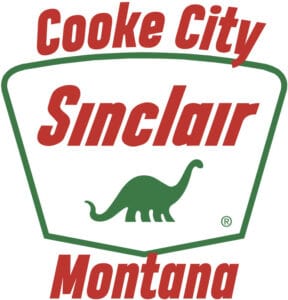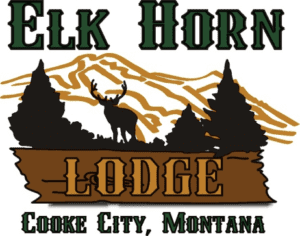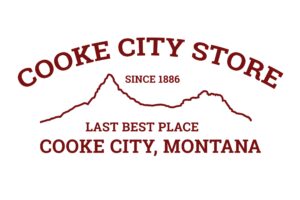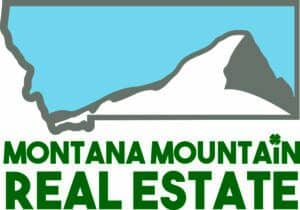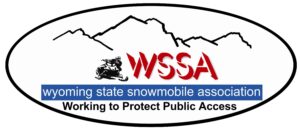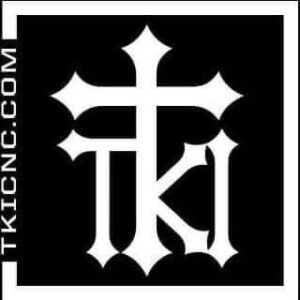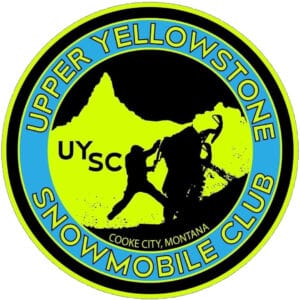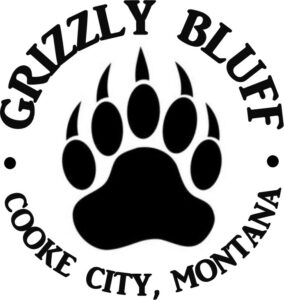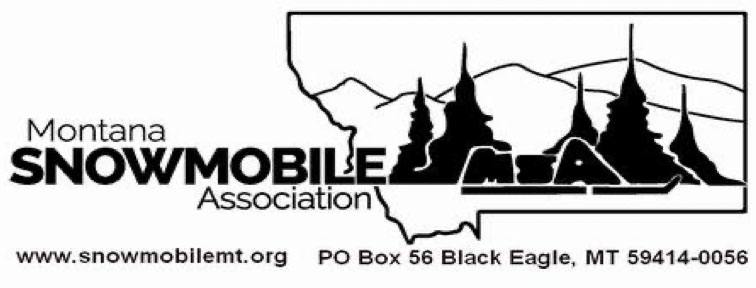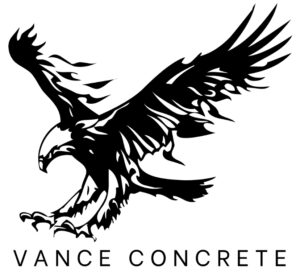
EXCERPTS FROM THE ARTICLE: These shoulder seasons are becoming increasingly busy and important for Yellowstone and its gateway communities. The busy season, usually between late May and August, has stretched into April, September and October.
In recent years, the Wyoming Office of Tourism has been allocating more resources promoting Yellowstone’s shoulder seasons rather than the juggernaut of the peak summer season. That, along with some help from the COVID-19 pandemic and patiently waiting Baby Boomers, October visitation is growing without sacrificing the feel of Yellowstone in fall.
One unavoidable fact is that, despite the growing demand for a Yellowstone experience in October, the park and its gateway communities can only accommodate so much. Demand is already exceeding capacity.
Even with the growing interest in October, Heggie said there is still a sanctity to the park. The number of visitors is increasing, but Yellowstone still feels empty.
“You nearly have the park to yourself sometimes. In the fall, it’s a whole lot easier to see everything,” he said.
October in Yellowstone will never be July or August. The capacity of the park and its gateway communities will always be an intractable barrier to tourism, no matter how high the demand for a robust shoulder season might go.
But in Heggie’s experience, there’s a strong future in October. The critical question is how much the park, its gateway communities and their businesses want to accommodate it.
“I can say with great certainty — the season doesn’t matter,” he said. “Whether it’s the spring shoulder season, the summer peak season, or the fall shoulder season, pick a number of people you want to service on a given day, and you will fill that up. It’s not an endless demand, but it’s near endless. And that very much includes October.”


